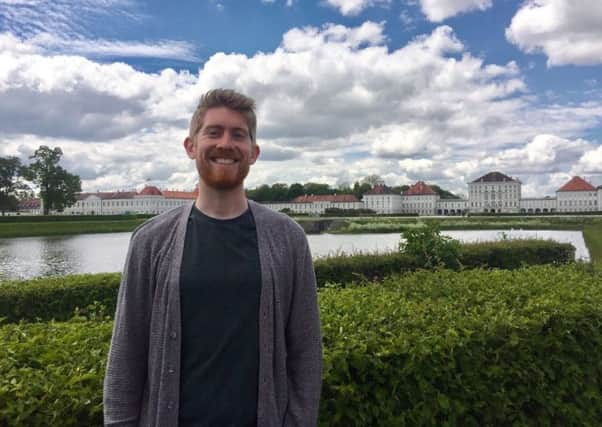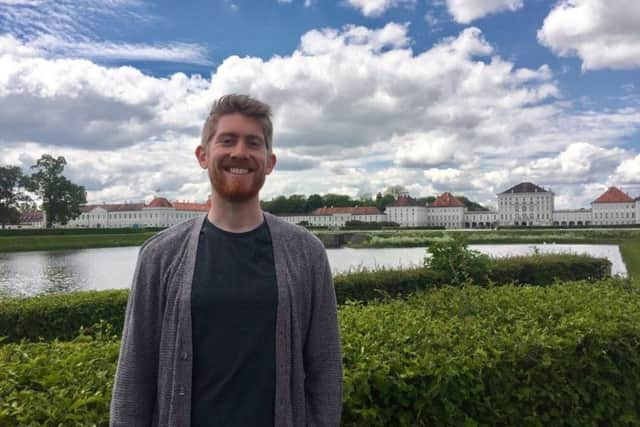Video: Derry astrophysicist Matt Nicholl shows golden touch by helping on biggest scientific breakthrough of the year


The Derry man, a former pupil of Foyle College in the city, was part of a team at the Harvard-Smithsonian Centre for Astrophysics (CfA) in Boston, who have newly discovered that almost all of the heavy elements on earth, such as gold, were actually created by two neutron stars colliding eons ago.
Mr. Nicholl and his colleagues also detected gravitational waves and electromagnetic radiation, or light, from the same event for the first time.
Advertisement
Hide AdAdvertisement
Hide AdSpeaking to the ‘Journal’ from Stockholm on Monday the Derryman explained: “I’d say this answers three really huge questions in astrophysics all in one go.


“First, it proves that short gamma-ray bursts come from neutron star collisions.
“Second, it proves that some gravitational wave sources also emit visible light and we can actually see them.. “Third, and maybe most exciting, it shows pretty conclusively that these collisions make most (or maybe even all) of the gold, silver, platinum, uranium and other heavy elements in the universe. Pretty amazing to think that all the gold on Earth was made by two dead stars crashing into each other.”
Mr. Nicholl’s name is on roughly 10 new papers published on Monday that detail the findings, which potentially mark the beginning of a new era in astrophysics.
Advertisement
Hide AdAdvertisement
Hide Ad“It changes things a lot. Before this, we were unsure how to best search for light from gravitational wave sources. We thought it might be too faint to see for a long time.


“But now that we found one, and got such beautiful data that we know exactly what they look like, we can really launch a whole new field of joint gravitational wave - optical astronomy. The gravitational waves tell you what happens before the event (as the objects spiral together) and the optical tells you what happens after they collide (the production of heavy elements and radioactive glow).
“By putting the two together, it’s a whole new way to study the universe and learn more than we ever could using just one or the other.”
The discovery came about when, on August 17, 2017, the Advanced Laser Interferometer Gravitational-Wave Observatory in Washington State, United States, detected a new gravitational wave source, dubbed GW170817 to mark its discovery date. Just two seconds later NASA’s Fermi satellite detected a weak pulse of gamma rays from the same location of the sky. Later that morning, LIGO scientists announced that two merging neutron stars produced the gravitational waves from GW170817. A few hours after the announcement Mr. Nicholl’s team used a powerful Dark Energy Camera on the Víctor M. Blanco Telescope in Chile to search the region of sky from which the gravitational waves emanated.
“One of the first giant galaxies we looked at had an obvious new source of light popping right out at us, and this was an incredible moment,” said Mr. Nicholl.